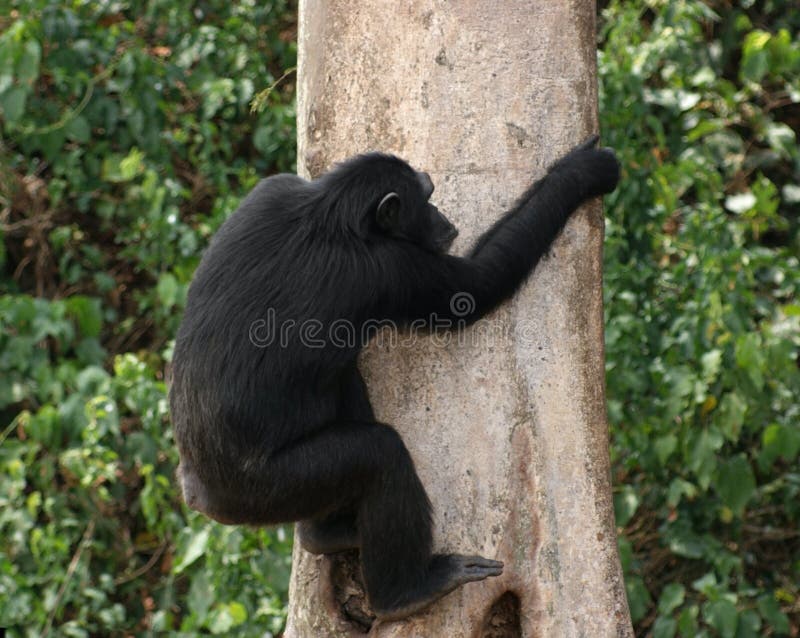

When realistic model snakes are revealed by experimenters, chimpanzees aware of the “danger” target their warning calls at allies who were not present when the snake model was moved, and who are thus likely to be ignorant of the risk-unlike the indiscriminate broadcast of monkey alarm calls (but see Wich and de Vries 2006). However, it is great apes that have provided the only evidence to date that any primate vocalizes in a goal-directed, intentional way (Crockford et al. 1980)-has been described in apes (Schel et al. Indeed, the evidence from apes still seems meagre, when compared to what is now known about the more discrete monkey vocalizations for instance, it is only in the last few years that any vocalization meeting the criteria for “functional reference”-originally identified over 35 years ago in monkeys (Seyfarth et al. Ape vocalizations are highly graded, making identification of unit signals difficult and slowing progress (Marler and Tenaza 1977). That is what needs to be done.įor several reasons (including the predominance of speech in human communication, and the early availability of devices for electronic playback and spectrographic analysis), research on primate communication has concentrated on the vocal medium for much of the last 60 years. Research on primates is sometimes castigated for taking an overly anthropocentric approach: in the case of ape communication, no apology need be made for an explicit approach of sometimes comparing directly to aspects of human language (Fitch 2010). Only by tracing precursors to language among our closest relatives are we likely to dispel the appearance of magic that is produced by setting human language in contrast to the “languages” of most animal species, however fascinating each may be to the biologist. Language is an immensely complex system, found universally among human groups despite vast cultural differences, and the idea that this entire system could spring into being in a few million years of independent evolution lacks plausibility (Dawkins 1986 Tomasello 1995).


The reason for this level of interest is clear enough: beyond the intrinsic value of understanding the natural signalling of any animal species, the communication of the great apes (hereafter, apes) holds out the promise of understanding the evolutionary origin of human language (Fitch 2010), often cited as our greatest cognitive distinction from other animal species (Wallman 1990). Great ape communicative signalling has been a focus of investigation for over 60 years and never more so than at the present. No evidence of syntactic structure has yet been detected. Acquisition of an adult repertoire is a process of first exploring the innate species potential for many gestures and then gradual restriction to a final (active) repertoire that is much smaller. Moreover, the phylogenetic origin of many gestures is relatively old, since gestures are extensively shared between different genera in the great ape family. The great majority of gestures are innate, in the sense that the species’ biological inheritance includes the potential to develop each gestural form and use it for a specific range of purposes. Because of this, and the relatively small number of intended meanings they achieve, ape gestures are redundant, with extensive overlaps in meaning. Compared to the signalling of most other animals, great ape gestural repertoires are large. As with human words, ape gestures often have several distinct meanings, which are effectively disambiguated by behavioural context. Intended meanings of ape gestures are relatively few and simple. These facts make the study of ape gesture directly relevant to understanding the evolutionary precursors of human language here we present an assessment of ape gesture from that perspective, focusing on the work of the “St Andrews Group” of researchers. Great apes give gestures deliberately and voluntarily, in order to influence particular target audiences, whose direction of attention they take into account when choosing which type of gesture to use.


 0 kommentar(er)
0 kommentar(er)
